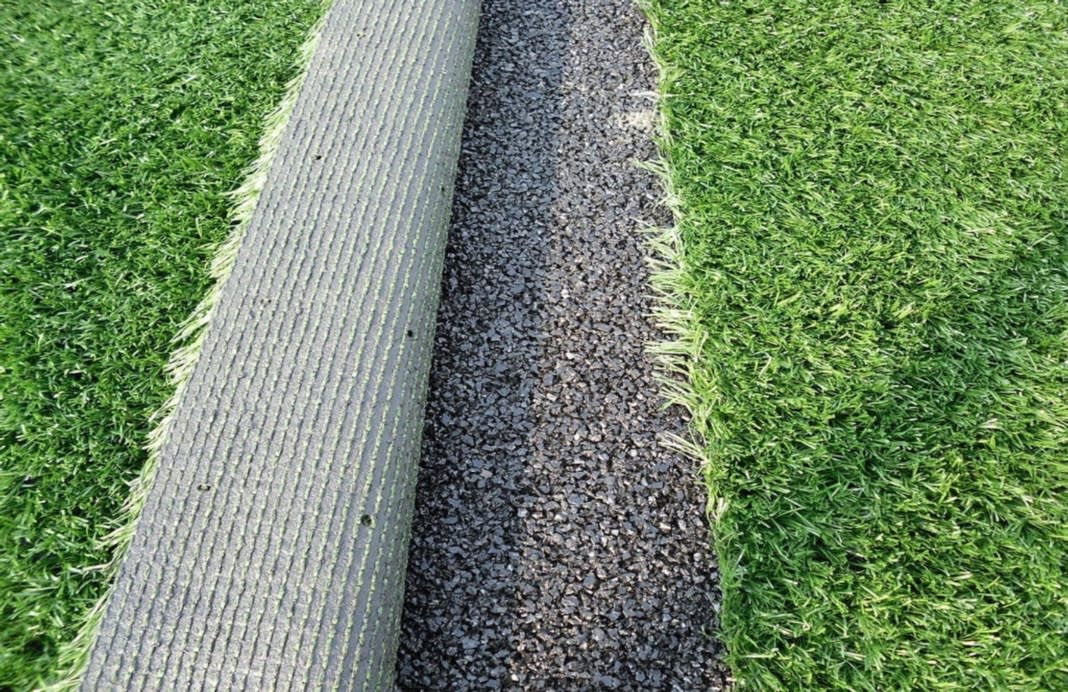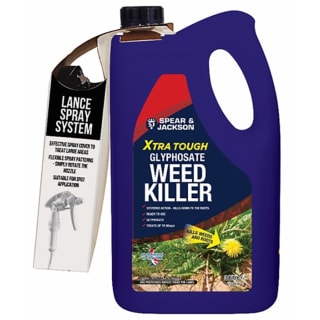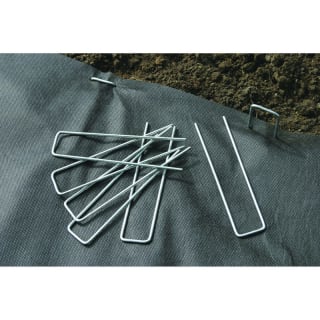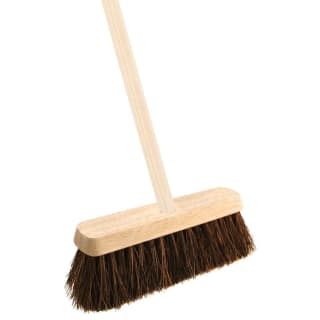How to Lay Artificial Grass: B&M's Step-by-Step Guide
26 March 2019
A great deal of work goes into cultivating a lawn, and even then the results can be a bit of a lottery. Real grass is constantly at the mercy of the weather and local wildlife, and always at risk of being trampled into a muddy mess under the feet of your family members or guests. Weeding, mowing and spreading lawn care formula is time consuming and often feels like a losing battle. So is there an easier way to have a lovely green space outside without all of the back-breaking graft? Absolutely. The answer is artificial grass.
How Much is Artificial Grass?
B&M’s selection of artificial grass and turf is available for between £9.99 and £19.99 per 4m x 25m roll (correct at time of publication). On top of this, you’ll be saving on lawn care, including tools such as lawn mowers and edging shears - plus, the grass is UV resistant, meaning it will stay green all year round with no fading.
In comparison, a typical bag of lawn seed costs approximately £20, and you are recommended to lay 70g per square metre. There is a strong risk of the seeds being eaten by birds before they germinate, or being blown away by wind or drowned by rain. Once the grass is grown, you’ll need to regularly cut it and ensure it has the right amount of water and nutrients. So both in the short term and the long term, going artificial is the easier, more affordable choice.
B&M has created the below guide on how to install artificial grass in your garden.
How to Lay Artificial Grass on Soil

You will need:
- Gloves
- Knee pads or kneeling mat (optional)
- Tape measure
- Shovel or spade
- Turf cutter (optional)
- Wheelbarrow
- Spirit level
- Lawn roller
- Weed control fabric
- Ground hooks
- Sharp knife
- Mallet
- Landscaping nails
- Rubble sacks or skip
- Sand
- Outdoor broom

Here’s our quick guide on how to lay artificial grass on soil:
B&M Top Tip: Before you start, check the area you’ve earmarked for your new grass to ensure that it is not boggy and that any water drains away properly.
- Carefully measure and mark out the area you’d like to cover with artificial grass.
- Using the shovel or spade, remove the existing turf by cutting the surface into squares then sliding the tool beneath each and loading them into the wheelbarrow. Dispose of them in the skip or rubble sacks. You should also clear any unwanted plants or weeds from the area.
- Compact, flatten and smooth the ground using the roller or simply by stamping underfoot.
- Use your spirit level to ensure the area you are preparing is flat. Build up any dips with sand if necessary.
- Lay down some weed control fabric to stop unwanted plants growing through or around your new grass.
- Take off the border of the artificial grass, then measure out the amount you need and cut it to size – turning the grass upside down makes this easier.
- Leave the grass to settle in place overnight.
- Make any final adjustments to the position of the grass.
- Ensure the grass is perfectly flat, then drive in a landscaping nail every 20cm at most using your mallet. Be careful not to let the grass ripple or bunch up.
- Brush a sprinkling of sand over the top of the grass.
B&M Top Tip: You can join two pieces of grass together using specialist joining tape. This should be carefully placed beneath each join.
How to Lay Artificial Grass on Concrete

If you wish to know how to fit artificial grass on a hard surface such as paving or concrete, the process is very much the same as the above. However, there are a few steps you need to take first in order to prepare the surface. In addition to the above list of tools and materials, you may need:
- Foam underlay (try to find one with built in drainage channels)
- Artificial grass adhesive
- Gaffer tape
Here’s how to lay artificial grass on concrete:
- Make sure your concrete is clean, level and not broken. If there are large cracks, splits or areas of subsidence, you may need to break up the concrete and remove it first, then apply the grass to the soil underneath.
B&M Top Tip: Minor cracks can be filled with self-levelling compound, so don’t worry if the concrete isn’t perfect.
- Any areas that are a little lower or indented can be filled with sand.
- Check that water drains off the surface correctly.
- Spray weed killer or lay weed control fabric over the relevant area of concrete.
- Cut to size and lay in place sections of foam underlay to soften the feel of the grass underfoot.
- Prepare the adhesive according to the instructions on the packaging.
- Lift each piece of foam and apply to the concrete a thick layer of adhesive that measures up to 300mm wide from the edge of the surface.
B&M Top Tip: Take care that your adhesive doesn’t block any drainage points.
- Smooth the foam sections down on top of the adhesive.
- Secure each piece together with gaffer tape.
- As detailed above, cut the grass to size and leave it to settle in place overnight.
- Glue any joins in the grass.
- Apply adhesive to the top of the foam, using the same measurements as you did between the concrete and the underside of the foam.
Ensuring the grass is straight and flat, smooth all the artificial grass down so that it sticks to the adhesive.
And there you have it – your beautiful new stress-free lawn! Remember to allow it to settle, and give enough time for any adhesive to fully take hold, before you walk on your grass or place any heavy items (such as garden furniture) onto it.
Have you recently laid artificial turf in your home? Share your results with the B&M Community via Twitter, Facebook or Instagram.
Related Products
Spear & Jackson Xtra Tough Weed Killer 3L








